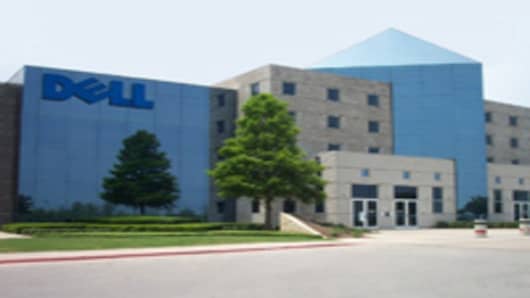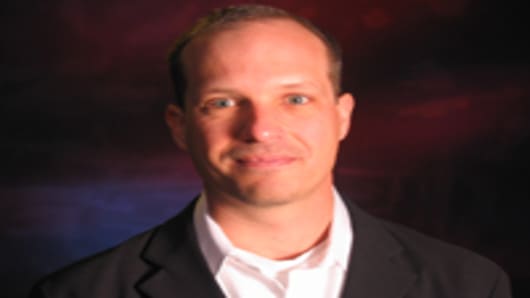What the keys to launching a green strategy?
Certainly, looking at elements of environmental leadership that drive multiple benefits, identifying initiatives that save costs, that enable further product and service development, and also provide a tangible benefit. Organizations that start there, will gain momentum with leadership, customers and stakeholders.
For example, we have focused on this for almost 2 years and it's an easy win for an organization. And that's to deploy software management at the enterprise level that allows you to manage the power consumption of your assets. Dell has successively deployed that across our global organization and saved $2 million a year[in energy costs] and avoided nearly 8,500 tons of CO2 equivalents
What's a common mistake that companies make?
It's one of the early leaning curve things that helped shape our strategy. Some organizations do not leverage enough the NGO [non-governmental organization] and stakeholder community. We had a choice to actively engage with those who might be critical of us or to ignore them. We chose to engage and were able to understand more deeply and at a faster pace what sort of the problems there would be. We were able to find similarities with these groups and forge a relationship.
Recycling has been a big challenge for the consumer electronics industry. Dell is doing a lot. How is it working?
There’s individual producer responsibility, such that leader organizations will provide no-charge recycling and hold themselves responsible...and that’s where it starts and Dell is the only one in our industry to do so.
How important is customer engagement in that process?
It’s critical for Dell. We look at providing customers with multiple solutions to engage and participate in environmental leadership. One of them is plant a tree. We are very pleased with the results. We also partner to provide free and convenient recycling. Our partnership with Goodwill industries is an example. We now have 1,000 manned locations.
Another example: We partnered with Facebook and asked people what does green look like to you. We had thousands of folks participate. We had an online contest and had more than a million people vote on what green looks like.






